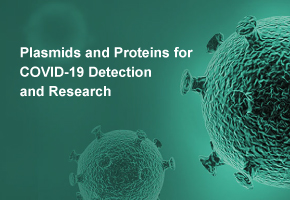Understanding the Caco-2 Permeability Assay: A Critical Tool in Drug Development
In the realm of pharmaceutical research and development, understanding how compounds move across biological membranes is crucial. The Caco-2 permeability assay emerges as a pivotal technique for assessing the intestinal absorption of drug candidates, providing insights into their bioavailability.
Background of Caco-2 Cells
Caco-2 cells are derived from human colon adenocarcinoma and possess characteristics closely resembling enterocytes, the cells lining the intestinal tract. When cultured in a monolayer, Caco-2 cells exhibit tight junctions, transport mechanisms, and enzymatic activity akin to that of the intestinal barrier. This makes them an ideal model for studying the permeability of compounds and their potential absorption in the human gastrointestinal tract.
Assay Methodology
The Caco-2 permeability assay typically involves growing Caco-2 cells on permeable supports to form a monolayer. The assay can be performed in two primary configurations: the apical (AP) to basolateral (BL) direction, simulating the absorption process, and the basolateral to apical direction, which can help evaluate efflux mechanisms.
During the assay, test compounds are introduced to one side of the monolayer, and samples from the opposite side are collected at specified time intervals. The amount of compound that permeates across the monolayer is measured, allowing researchers to calculate permeability coefficients.
Data Interpretation
Results from the Caco-2 assay can be expressed in various terms, including permeability coefficients (Papp). A higher Papp value typically indicates better permeability, suggesting that the compound could be effectively absorbed in the gut. Moreover, the data can categorize compounds into absorption categories, aiding in prioritizing candidates for further development.
Importance in Drug Development
The significance of the Caco-2 permeability assay cannot be overstated. In the drug development pipeline, it serves multiple critical functions:
Predicting Bioavailability: By evaluating how well a drug can permeate the intestinal barrier, researchers can forecast its bioavailability in humans.
Guiding Formulation Development: Insights gained from the assay can help in modifying drug formulations to enhance absorption.
Understanding Mechanisms of Action: The assay can reveal how compounds interact with transport proteins, such as P-glycoprotein, providing a deeper understanding of their pharmacokinetics.
Limitations
Despite its advantages, the Caco-2 permeability assay is not without limitations. The model, while human-derived, may not fully replicate the complexity of in vivo intestinal absorption. Factors such as the presence of gut microbiota, food interaction, and the physiological environment can influence drug absorption but are not accounted for in this in vitro model.
Conclusion
The Caco-2 permeability assay stands as a cornerstone technique in pharmaceutical research, bridging the gap between laboratory findings and clinical applications. By providing essential data on drug permeability and potential absorption, this assay aids in directing the development of new therapeutic agents, ultimately contributing to more effective and safer medication for patients. Continued advancements in assay methodologies and better integration with in vivo data are likely to enhance its predictive power further, solidifying its role in the future of drug development.
- Like
- Reply
-
Share
Reply
About Us · User Accounts and Benefits · Privacy Policy · Management Center · FAQs
© 2025 MolecularCloud



